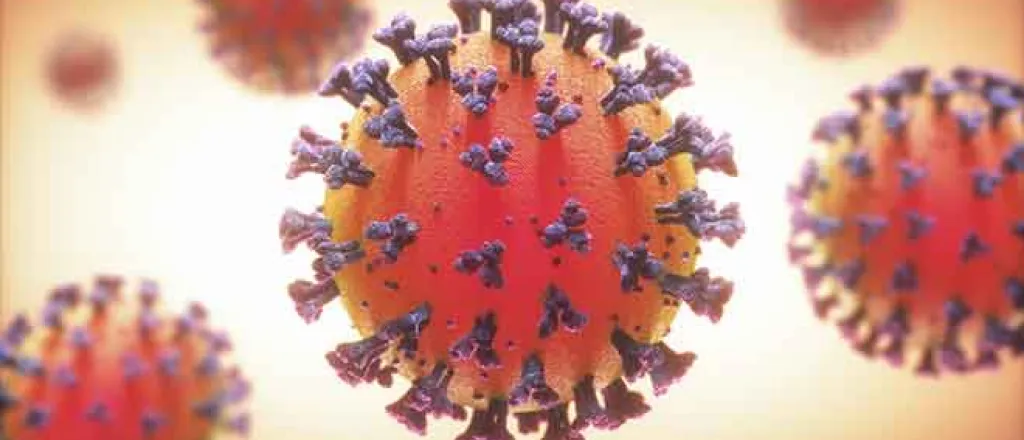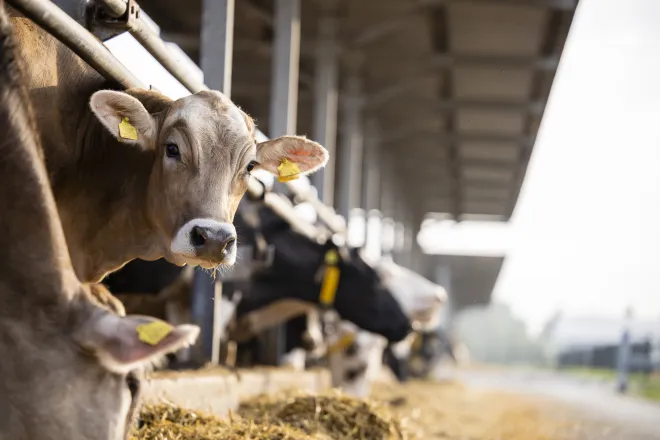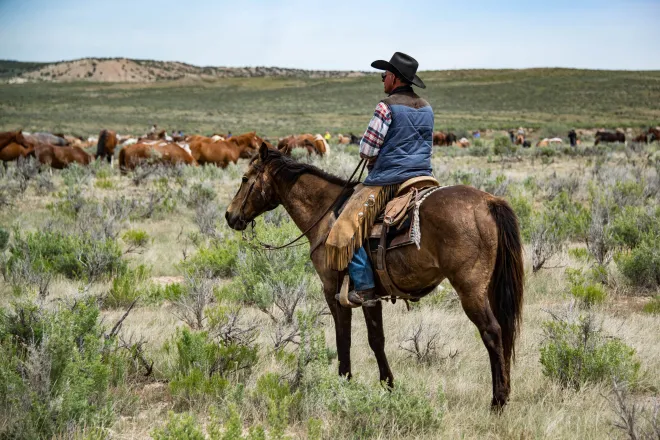
Weeks into an outbreak of a strain of Highly Pathogenic Avian Influenza in dairy cattle, Cabinet level Secretaries recently provided updates on response efforts. Rod Bain looks into the various response aspects in this edition of “Agriculture USA”.
PARTICIPANTS: Rod Bain. Agriculture Secretary Tom Vilsack. Health and Human Services Secretary Xavier Bacerra.
Transcript
One is happening on the prevention, education and support front regarding the H5N1 strain of highly pathogenic avian influenza found in lactating dairy cattle in nine states.
We are taking steps to make funding available under our Emergency Assistance for Livestock, Honeybees and Farm-Raised Fish program to assist eligible producers with positive herds who have experienced a loss of milk production.
The teams at USDA, HHS and throughout this administration are working aggressively to monitor the situation and communicate with the public about any findings.
I'm Ron Bain, Agriculture Secretary Tom Vilsack and Human and Health Services Secretary Xavier Becerra join us as we look at the latest news on federal response to the H5N1 outbreak in dairy cows in this edition of Agriculture USA.
A recent update from federal partners involved in response efforts to an H5N1 high path avian influenza outbreak found in dairy cattle.
This is Agriculture Secretary Tom Vilsack.
Increased testing, surveillance and additional measures are underway to protect both human and animal health.
At this stage there's no concern about the safety of the commercial milk supply or beef supply.
We continue to see affected cows recover with supportive treatment with little associated mortality being reported.
It's also important to note that thus far we have found no changes as significantly in the virus that would make it more transmissible to humans.
And as testing, study and data collection continues regarding this particular H5N1 outbreak, USDA remains committed to evolving its response and course of action.
The more we know informs what we do and we want to make sure that we're doing what is necessary to provide producers on the ground with the most available and most scientific information and direction.
Public concern about the safety of milk and dairy products was addressed by Health and Human Services Secretary Xavier Becerra.
The risk to the public from this outbreak remains low.
All the scientific knowledge and data we've been able to collect to date supports the continued safety of the milk supply.
He explains USDA and the Food and Drug Administration continue testing for H5N1 in retail milk and dairy supplies.
That helps ensure the safety of the commercial pasteurized milk supply.
FDA is also providing an additional $8 million to fund ongoing and expanded response, including validation of milk pasteurization criteria, surveillance at different points of the milk production system, increasing lab capacity and training on biosecurity measures and partnerships both with states on milk safety and universities on research.
In addition, we've identified $93 million to be used by CDC to expand our monitoring of people exposed to infected animals, to scale up our testing and analysis capabilities, to determine whether candidate vaccines are effective, and to manufacture, store and distribute additional influenza diagnostic kits.
Other measures enacted or being enacted include...
CDC continues to have ongoing discussions with multiple states about field investigations.
We've reached out to representatives of the dairy workforce to make sure that we encourage participation of workers in trying to track the virus and the outbreak.
Meanwhile, USDA announced that in addition to continued interstate movement restrictions for lactating dairy cows and connected testing, there are now avenues of support available for producers impacted by the H5N1 outbreak.
For instance...
To protect against the potential for spread between humans and animals, we're going to be providing financial support, up to $2,000 per affected premises per month, for producers who supply PPE to employees and/or who provide outwear uniform laundry, or producers of affected herds, who facilitate the participation of workers on the farm in a USDA/CDC workplace and farm worker study.
In addition, support is available for biosecurity planning and implementation.
To enable them to develop biosecurity plans based on existing secure milk supply plans that they have on the farm, and recognizing the individual nature of their farming operation.
USDA will also provide $100 for producers to purchase and use an in-line sampler for their milk system.
In addition, we're going to provide funding for heat treatment to dispose of milk in a biosecure fashion.
This is going to provide producers a safe option for the disposal of milk.
Heat treatment, performed in accordance with standards set by FDA, is currently the only available method considered to effectively inactivate the virus in milk.
So if a producer establishes a system to heat treat waste milk before disposal, USDA will pay that producer up to $2,000 per affected premises per month.
The Secretary adds there will also be reimbursement of veterinary costs incurred by producers associated with confirmed H5N1 cases and premises.
And compensation will also be available through the Farm Service Agency's Emergency Assistance for Livestock, Honeybees, and Farm-Raised Fish Program, associated with H5N1-positive tested dairy herds with reduced milk production.
This has been Agriculture USA.
I'm Rod Bain reporting for the U.S. Department of Agriculture in Washington, D.C.







